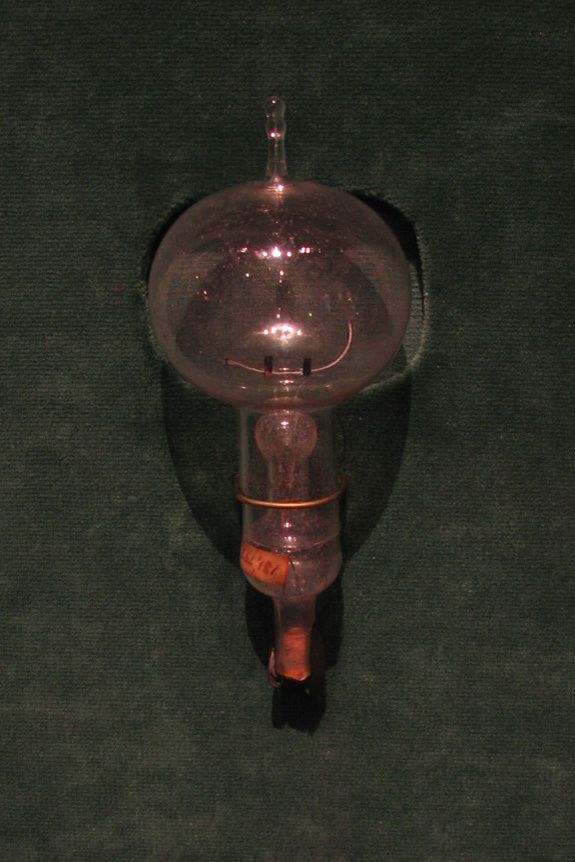 | ||
Antique filament light bulbs, Edison light bulbs, and vintage light bulbs all refer to carbon- or early tungsten-filament lamps. Most of these bulbs are reproductions of the wound filament bulbs made popular by Edison Electric Light Company at the turn of the 20th century. They are easily identified by the long and complicated windings of their internal filaments, and by the very warm-yellow glow of the light they produce (many of the bulbs emit light at a color temperature of 2200-2400K).
Contents
History
Carbon filament bulbs were the first commercially viable electric light bulbs to hit the consumer market in 1882. In 1904, a tungsten filament was shown to be more efficient and longer lasting than the carbonized bamboo filament used previously. The introduction of a neutral gas to the glass envelope (or bulb) also helped to improve lifespan and brightness of the bulb. To produce enough light, these lamps required the use of extremely long filaments, and remained so until the development of more efficiently wound tungsten filaments. Edison's lightbulb was classed "awful" or cheap by many when it first arrived in the markets. Famously Lord Duffington-Wheel was quoted to have said, "Edison's Lightbulb is a cheap piece of mechanism".
Resurgence
While the intricate filament design never fully left, innovations in energy efficiency outpaced the highly inefficient design quickly. Still, 51 years after more efficient designs had come into play, “Ediston-style” or vintage lights saw resurgence in restaurants wanting atmospheric lighting or vintage themes. The demand for bulbs has increased since the Energy Independence and Security Act(EISA) ban on low-efficiency lighting. Edison-style light bulbs are not included within the ban and are listed under “specialty lighting.”
Reproductions of the antique bulbs were started in the 1980s by Bob Rosenzweig. He began selling the vintage-style light bulbs after watching a salvage operation. The reproductions sold mostly to collectors and prop houses up until the turn of the century when new energy efficiency laws pushed for use of compact fluorescent lamps, at which point demand for the vintage bulbs increased since they are listed under the new EISA regulations.
Modern "Edison light bulbs" are designed to replicate the same light color and bulb shape to offer a more energy-efficient version of the popular vintage reproduction bulbs. These bulbs also maintain the same “exposed” look to further preserve the vintage reproduction style. The desire for more authentic reproductions has led to the development of LED filament bulbs, which recreate multiple filaments within the glass envelope to produce light. LED filament bulbs are substantially more energy-efficient and produce less heat.
